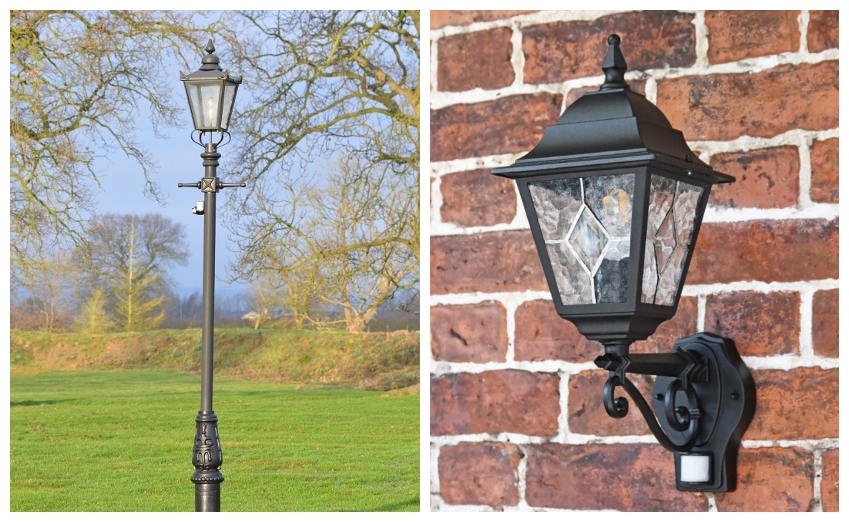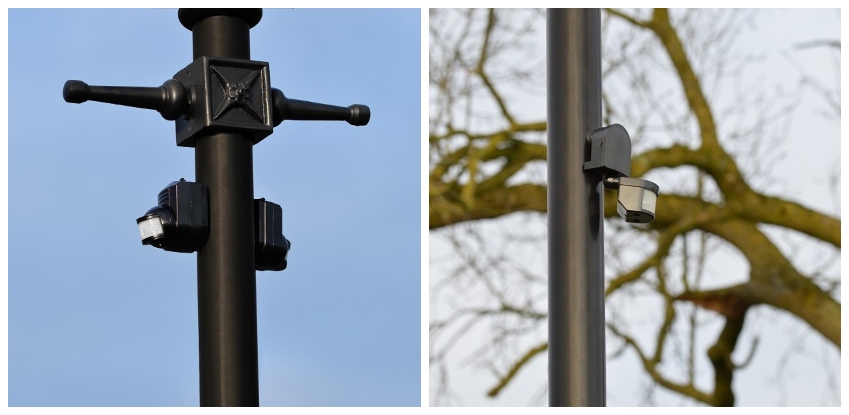A Guide to PIR Sensors
Nowadays, providing safety and security to your home and grounds is second to none and with the help of advanced technologies, security and alarm systems help us to secure our ourselves and our family from unwanted visitors whilst we are away on holiday or asleep.
One of the most popular and common systems that uses motion detection to alert uninvited guests, is that of the passive infrared sensor (PIR sensor). This electronic sensor measures infrared light (heat) which radiates from a person or animal in its field of view, and sends to its control system, triggering the alarm or in this case, turns the light on. In essence, the PIR sensor is not triggered by body heat, but rather the changes in the condition- a broken field of normal temperatures. As a result, bushes and trees swaying should not typically trigger a PIR sensor, as the sensor is designed to detect infrared light emitted from living things which generate heat. That said if this is a potential problem a PIR with adjustable sensitivity level should be selected.

PIR sensors have therefore gained popularity, as they are not too expensive and complement any setting or fixing point. Typically, PIR sensors are supplied in two colours, black and white and if fixing to one of our lamp posts, we would recommend the black finish as it will be in keeping.
For lamp posts, PIR sensors are typically attached just below the ladder bars, as this area is far less noticeable and will not detract away from the beauty of the lamp post itself.
Dependent on your needs and requirements, there are several varieties of PIR sensors based on different factors, functions and adjustments. However, detection range is usually 180°, making it ideal for use in open gardens, driveways or entranceways. Of course, the detection area can vary between sensors but generally, a reasonable model will cover a 10-metre distance. Any lamp posts above 3.5 meters needs to take into account the height of where the sensor is placed, as it will increase its distance from the intruder.
In certain applications, you may feel the PIR is better position lower down the post as shown below. Or that two PIRs should be used in certain open areas of a garden. In using two PIRs with a 180° detection you should then achieve as close to a 360°-degree field of detection as possible.

Most PIR sensors will have a night and day function and should have a configurable lux setting, this means you can control the darkness level and for how long your garden will remain illuminated for. Generally, timings will range from 30 seconds to 10+ minutes.
We always recommend that a qualified tradesperson or electrician should install your lighting and PIR sensor, as they will be able to make any modifications based on your requirements or circumstances.
An alternative to the PIR sensor is a microwave motion detector, these emit high frequency radio waves in order to detect subtle changes in the energy levels reflected back to the sensor. Here we have a microwave sensor built into a surface mounted LED board fitted within one of our lanterns. This can be fitted as an optional extra into any lantern.











